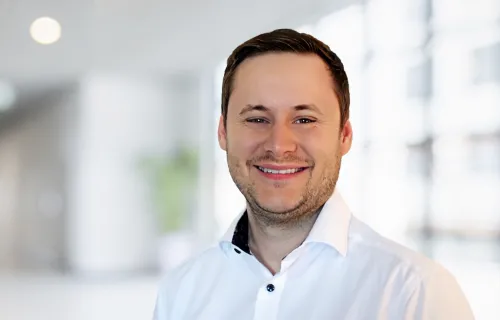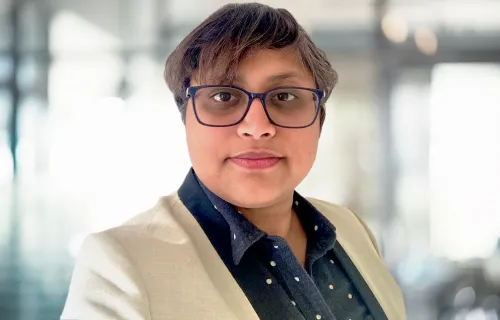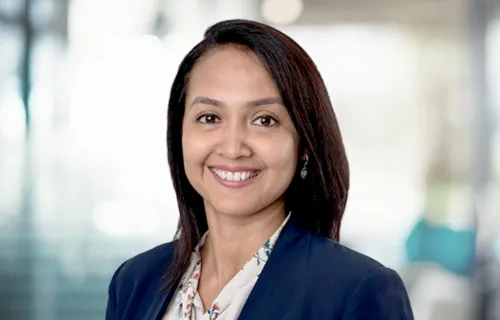Learn about what it’s like to be a technical architect through the eyes of Paul Hokanson, a CGI Partner based in the United States.
Paul, your career in IT spans more than 40 years. Tell us about how you got started.
I started pretty young. I was one of those kids who was always curious about how things worked. I learned BASIC and C programming when I was just 9 years old. By the time I turned 15, I was already consulting as a developer. It felt incredible to work alongside adults and earn money doing something I really enjoyed. And I haven’t stopped since!
That’s an impressive beginning. How did your journey evolve into becoming a technical architect?
Back when I started consulting, developers were usually expected to do everything—not just write code, but also meet clients to understand their requirements, design the user interface (UI), build technical blueprints, test, document and even train users. I picked up a wide range of skills through all of that and, over time, I became more specialized in software development. That naturally led to my role as a technical architect, where I now focus on the big picture of how everything fits together technically.
What does your role as a technical architect at CGI look like today?
I joined CGI in 2020 as an architect and have been working primarily with a client in the communications sector. I lead the technical team and ensure that the various solutions we develop align with the client’s needs—both technically and strategically.
Most of our work revolves around UI, backend development, and increasingly, large language model (LLM) interactions. We collaborate closely with the client team to ensure work progresses smoothly and there is seamless communication between our team and the client’s team.
Mentorship is also a big part of my role. After working in tech for over four decades, I’ve had the chance to learn across different industries and technologies, and I enjoy sharing that knowledge with others. Learning never stops, and I continue to grow through various projects and by collaborating with colleagues who have different skill sets and fields of expertise. There is always someone to learn from here.
I also build AI proof-of-concept (POC) models to demonstrate the viability and relevance of new services and solutions, both for clients and to expand our AI portfolio here at CGI.
What is a typical workday for you?
I usually start my day around 7 a.m. with my first cup of coffee and a quick read-through of the latest technology and industry news. Then I check Teams and my email for anything I need to follow up on.
Once everyone is online and in the office, we start the day with a scrum meeting. We discuss what we worked on the previous day, what to focus on for the day, and whether anyone is facing specific challenges. If there is an issue, I work with the project manager and client teams to figure out the best way forward.
The rest of my day depends on client projects. I typically spend a fair bit of time with the client team walking through design projects. For technical projects, we review them component-by-component, and for UI projects, it’s screen-by-screen. It’s important that everyone understands the architecture, especially if the client is responsible for building the infrastructure based on the design.
Toward the end of each day, I catch up on my Teams messages, review any pending emails and wrap up my initial to-do list for the day. I also look at the next day’s calendar to get a head start.
How do you make time for upskilling or learning and development?
I try to start each day by scanning through updates and trends, which often sparks ideas about what I want to explore further. In the evenings, whenever possible, I’ll take a course on our internal learning platform, CGI Academia, or look up articles or videos online.
Sometimes, I revisit coding to deepen my understanding of technology, programming languages or products. At heart, I’m still a developer, and I love testing and staying hands-on.
It’s great to hear your story, Paul. On a final note, is there anything you’d tell your younger self?
I’d probably say: Take the time to really learn about the companies shaping the future of technology. Don’t just focus on work—invest time, effort and even money into understanding and growing with the industry. It can make a big difference both personally and professionally.





